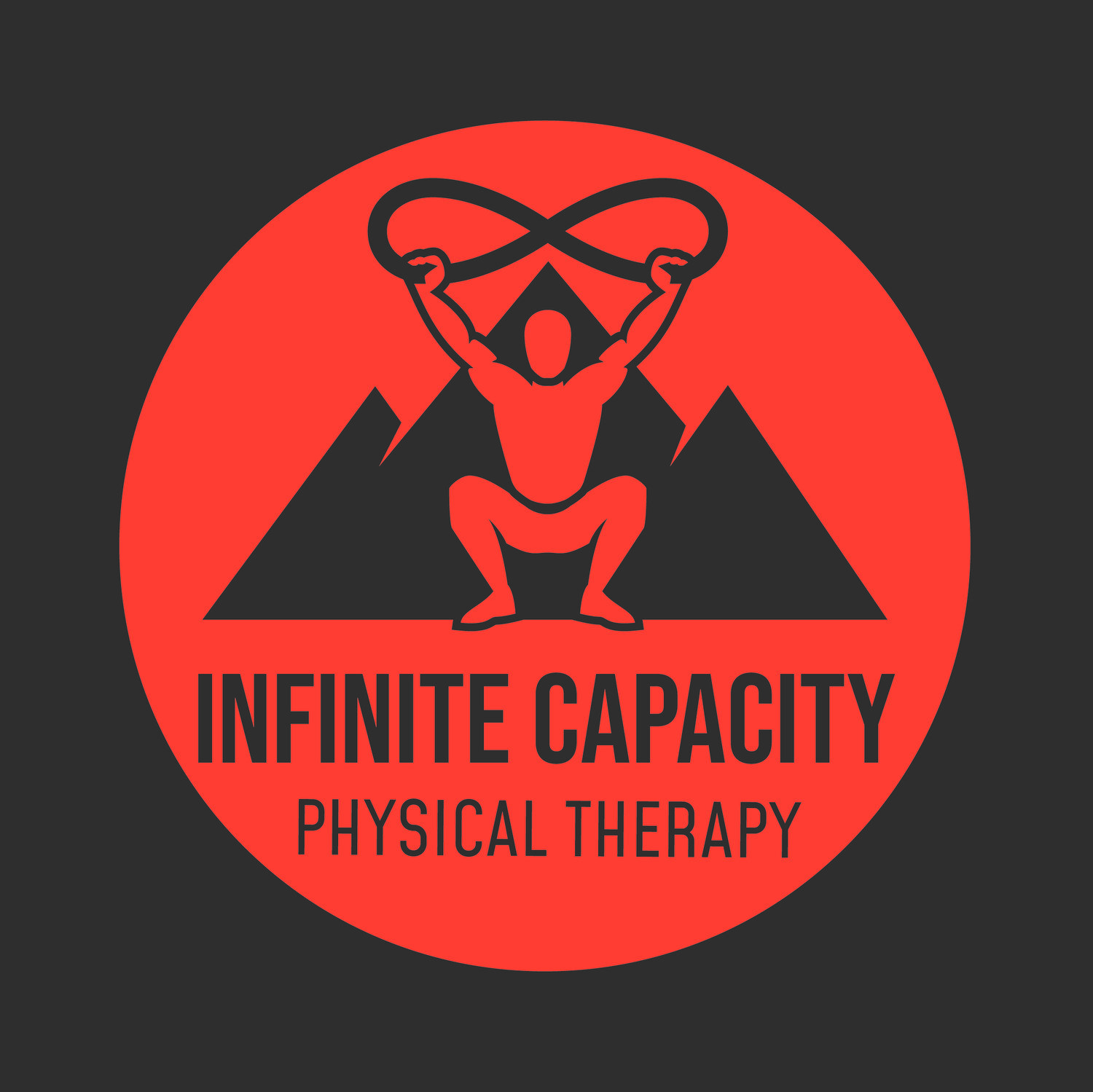LOW BACK PAIN
Low back pain can be a scary thing. But we're going to break it down into 4 key points which will help shed some light on this condition.
#1
An estimated 60-80% of adults will experience at least one episode of low back pain during their life.
(Source: Pedersen BK, Saltin B. Exercise as medicine - evidence for prescribing exercise as therapy in 26 different chronic diseases. Scand J Med Sci Sports. 2015;25 Suppl 3:1–72. doi:10.1111/sms.12581)
#2
Most of the time, what is seen on an MRI is likely due to normal aging and is unassociated with the cause of low back pain. In fact, almost 70% of people younger than 50 years of age WITHOUT ANY SYMPTOMS display signs of disc degeneration on MRI. If that many people are walking around with disc degeneration WITHOUT PAIN, maybe that's not what is causing your pain...
(Source: Brinjikji W, Luetmer PH, Comstock B, et al. Systematic literature review of imaging features of spinal degeneration in asymptomatic populations. AJNR Am J Neuroradiol. 2015;36(4):811–816. doi:10.3174/ajnr.A4173)
#3
Even if your symptoms are caused by a herniated disc or "slipped disc", research shows that NO MATTER THE SIZE of the herniation, it does not predict if someone will fail conservative treatment and end up requiring surgery. In one study, out of 368 patients with herniation, 92% responded to conservative treatment.
(Source: Gupta A, Upadhyaya S, Yeung CM, et al. Does Size Matter? An Analysis of the Effect of Lumbar Disc Herniation Size on the Success of Nonoperative Treatment. Global Spine Journal. 2019;1-7. doi: 10.1177/2192568219880822)
#4
Not all low back pain is created equal. While we may not be able to determine exactly what structure is causing the pain. What we do know is that back pain can be classified into several different categories based on particular signs, symptoms, measures, and how it responds to specific treatments. Each of these low back pain classifications are treated differently in order to obtain FAST and DEMONSTRABLE improvements in pain and disability.
(Source: Fritz JM, Cleland JA, Childs JD. Subgrouping patients with low back pain: evolution of a classification approach to physical therapy [published correction appears in J Orthop Sports Phys Ther. 2007 Dec;37(12):769]. J Orthop Sports Phys Ther. 2007;37(6):290–302. doi:10.2519/jospt.2007.2498)
So, if you are currently experiencing low back pain, or if you do in the future, don't run and get an MRI. Instead try conservative treatment first, like physical therapy. Chances are you'll recover (~92%), even without knowing what an MRI would have shown. There are definitely certain instances when diagnostic imaging is appropriate, but they are very rare, and your physical therapist will be able to guide you in that direction if needed.
